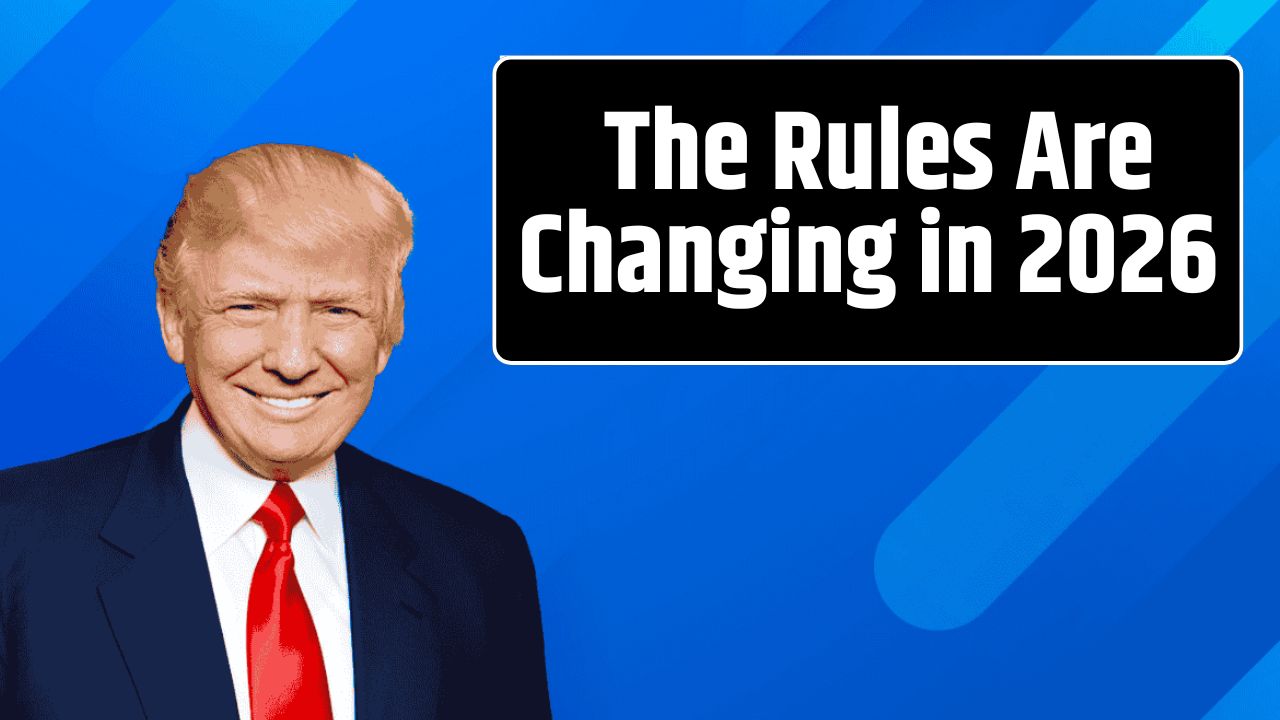For decades, turning 65 was the golden ticket — a cultural milestone that whispered, “You’ve made it.” It was the age you’d finally hang up your work boots, start collecting Social Security, and maybe move somewhere warm where shoes were optional. But if you were born in 1959, you might want to put that hammock on hold. Starting in 2025, your Full Retirement Age (FRA) officially bumps up to 66 years and 10 months.
It sounds small — just two extra months — but those 60 days can quietly reshape your entire retirement math. Let’s unpack what’s really changing, why it matters, and how to make this transition work in your favor.
Why the Retirement Age Is Creeping Up
This isn’t a sudden government surprise — it’s a slow-moving change that started over 40 years ago. The 1983 Social Security Amendments laid out a plan to gradually increase the full retirement age from 65 to 67, in tiny two-month increments. The logic was simple: Americans are living longer, collecting benefits for more years, and the Social Security trust fund needed a lifeline.
Here’s how the full retirement age phased in over time:
| Year of Birth | Full Retirement Age (FRA) |
|---|---|
| 1954 or earlier | 66 |
| 1955 | 66 and 2 months |
| 1956 | 66 and 4 months |
| 1957 | 66 and 6 months |
| 1958 | 66 and 8 months |
| 1959 | 66 and 10 months |
| 1960 or later | 67 |
If you’re hitting 66 in 2025, your official full benefits begin only when you hit 66 years and 10 months. Claim earlier than that, and your monthly check takes a permanent haircut. Wait longer, and you’ll actually get a bonus for your patience.
How Two Months Can Cost — or Earn — Thousands
Let’s put numbers to it. Suppose your Social Security benefit at full retirement age would be $2,000 per month. Retire at 62, and you’ll lose about 29% — meaning a check of roughly $1,420 instead. That cut lasts forever.
On the flip side, if you delay until 70, your benefit grows about 8% per year past your FRA. That bumps your monthly payment up to around $2,640 — or nearly $14,000 more per year than if you claimed early.
That’s not pocket change. It’s the difference between just getting by and actually enjoying your retirement.
You can confirm your own FRA and estimated benefits through your My Social Security account, which also lets you run “what-if” scenarios across different claiming ages.
Smart Moves for the 1959 Crowd
Let’s be real — not everyone wants to work into their late 60s. Some folks can’t, because of health issues or layoffs. Others just don’t want to. But if you’re in that 1959 cohort, there are still smart ways to stretch your money and optimize your benefits.
1. Stagger your income sources.
If you’ve got savings, use them strategically. Drawing from your 401(k) or IRA before claiming Social Security lets your benefit grow untouched for a few extra months.
2. Coordinate with your spouse.
One common strategy: have the lower earner file early while the higher earner delays. It smooths household income while maximizing long-term benefits.
3. Manage taxes proactively.
Social Security isn’t tax-free — up to 85% of your benefits can be taxable depending on total income. Smart timing on withdrawals can help lower your effective tax rate.
4. Don’t forget healthcare.
Medicare eligibility starts at 65, but if you retire before that, you’ll need to budget for private insurance or ACA marketplace coverage. Missing that Medicare signup window can mean lifetime penalties. (Check Medicare.gov for official enrollment info.)
5. Treat your 60s as a transition, not a finish line.
Maybe you pick up consulting work, part-time gigs, or passion projects that keep some income flowing. The key is flexibility — balancing cash flow with long-term security.
The Bigger Picture: Why Social Security’s Tightening
This incremental push toward 67 isn’t random policy tinkering — it’s survival math. The 2025 Social Security Trustees Report projects that, unless Congress acts, the program’s trust funds will run dry by 2034. After that, payroll taxes would only cover about 81% of scheduled benefits.
Possible policy options being floated in Washington include:
| Proposal | Effect |
|---|---|
| Raise FRA to 68 or 69 | Cuts lifetime benefits for future retirees |
| Lift the payroll tax cap (currently $168,600) | Brings in more from high earners |
| Adjust the benefit formula | Protects lower-income retirees |
| Introduce means testing | Reduces or phases out payments for wealthier households |
None of these are official yet — but the message is clear: working longer and claiming later is the new normal.
For those nearing retirement, this means the old “65 and done” model doesn’t fit anymore. Financial planning has to stretch further, adapt faster, and lean harder on personal savings.
If You’re Turning 66 in 2025: Your To-Do List
Here’s a practical roadmap to make sure you’re ready for your new FRA reality:
- Check your official FRA and benefit estimate. Visit your Social Security portal.
- Run break-even analyses. The SSA’s calculator shows when delaying benefits actually pays off over a lifetime.
- Consider part-time work or phased retirement. Staying semi-employed a few more months can protect savings while boosting benefits.
- Talk to a fiduciary financial advisor. A fee-only planner can help balance investments, taxes, and Social Security timing.
- Enroll in Medicare at 65. Even if you delay claiming Social Security, don’t skip your Medicare signup window — the penalties stick.
The right blend of patience, timing, and planning could mean tens of thousands of dollars in additional lifetime income — all without major lifestyle changes.
What Happens After 1959’s Group
By 2026, the full retirement age finally hits 67 for everyone born in 1960 or later. That’ll mark the end of this long, gradual phase-in. Beyond that? Expect more political fights over how to keep the system solvent.
Some lawmakers want to push the FRA higher, others want to raise payroll taxes on top earners. The only certainty is that future retirees — especially younger generations — will likely have to adjust expectations even further.
For now, though, those born in 1959 are the last ones to feel this in-between squeeze: not quite 67, but no longer 66 either.
FAQs:
What happens if I claim Social Security before my FRA?
You’ll get permanently reduced monthly payments — up to 30% less if you start at 62.
Can I still work while collecting benefits?
Yes, but if you claim before FRA, your earnings could temporarily reduce your benefit. Once you hit FRA, those deductions stop.
Is it worth waiting until age 70 to claim?
Usually, yes — if you expect to live past your early 80s. The 8% yearly boost compounds fast.









